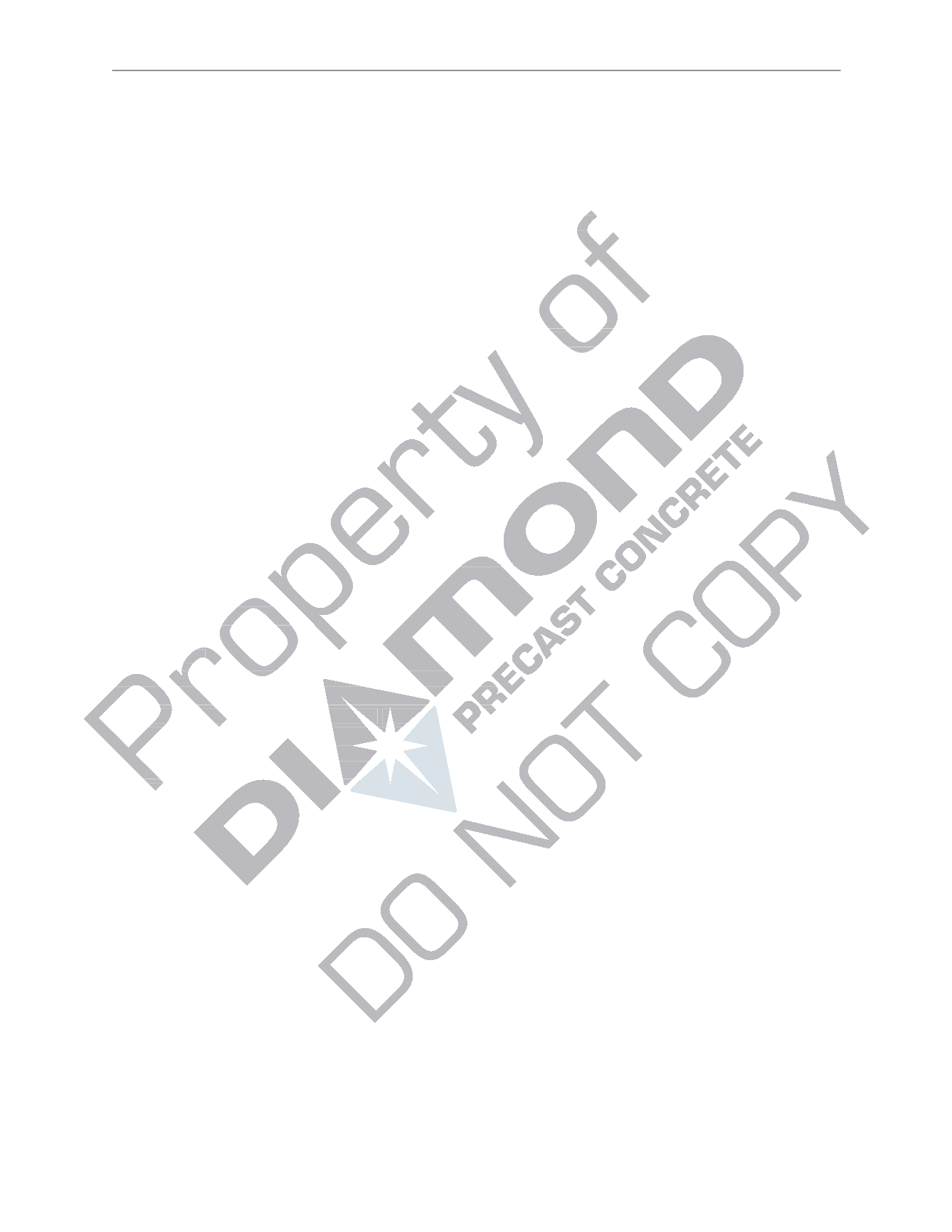

A23.4-09
©
Canadian Standards Association
November 2009
(2)
Clause 23.2.2
is broadly based on the recommendations of PCA RD108. The potential for expansion is believed to be
primarily related to cement composition and curing temperature. Air entrainment can reduce expansion.
23.2.2.2 Moisture categories
23.2.2.2.1
Based on the ambient conditions to which they will be exposed, concrete elements shall be classified as
(a) moisture category dry; or
(b) moisture category damp.
23.2.2.2.2
Moisture category dry shall apply to concrete elements that, after curing, will not be subjected to a moist
environment during service. Unless such units are air entrained, they shall not be exposed to a moist
environment for a period of more than 3 months prior to service.
23.2.2.2.3
Moisture category damp shall apply to concrete elements that, after curing, will be subjected to a moist
environment during service or to non-air-entrained elements that will be exposed to a moist environment
for a period of more than 3 months prior to service.
Note:
Examples of moisture category damp include
(a) external elements of buildings or structures that are exposed to precipitation, surface water, or groundwater (e.g.,
bridge girders, unprotected roof slabs, building facades, basement walls, railway ties, and underground vaults);
(b) internal building elements subject to moist conditions (e.g., indoor swimming pool areas, laundries, and parking
garages); and
(c) elements that have parts that can frequently drop below their dew point (e.g., chimneys, filter chambers, and internal
voids in bridges).
23.2.2.3 Accelerated curing
23.2.2.3.1
Accelerated curing shall be achieved by one or more of the following means:
(a) Live steam shall be applied within an enclosure able to retain the steam. The steam jets shall distribute
the steam uniformly and shall not discharge directly onto the concrete, forms, or test cylinders.
(b) Radiant heat or electric heat within an enclosure shall be able to effect an even distribution of heat.
Pipes or electric heating units shall not be in direct contact with the concrete, forms, or test cylinders.
(c) Forced air within an enclosure shall be able to effect an even distribution of heat. Hot air shall not
discharge directly onto the concrete, forms, or test cylinders.
23.2.2.3.2
Throughout the entire accelerated curing cycle, concrete surfaces shall be protected from moisture loss by
covering the surfaces with tarpaulins or plastic sheeting, using a water spray, ensuring that 100% relative
humidity is present in the curing enclosure, etc.
23.2.2.3.3
Concrete surfaces shall not be exposed to combustion gases during the accelerated curing cycle.
Note:
Unless exhaust flue gases from combustion heaters are vented outside the curing enclosure, concrete surfaces should
be protected by formwork, tightly fitted tarpaulins, or plastic sheeting.
23.2.2.3.4
The accelerated curing cycle shall be as specified in
Table 2
.
Licensed for/Autorisé à Jed Friesen Sold by/vendu par CSA on/le June/18/2015.
~Single user license only. Storage, distribution or use on network prohibited. Permis d'utilisateur simple seulement.
Le stockage, la distribution ou l'utilisation sur le réseau est interdit.
















